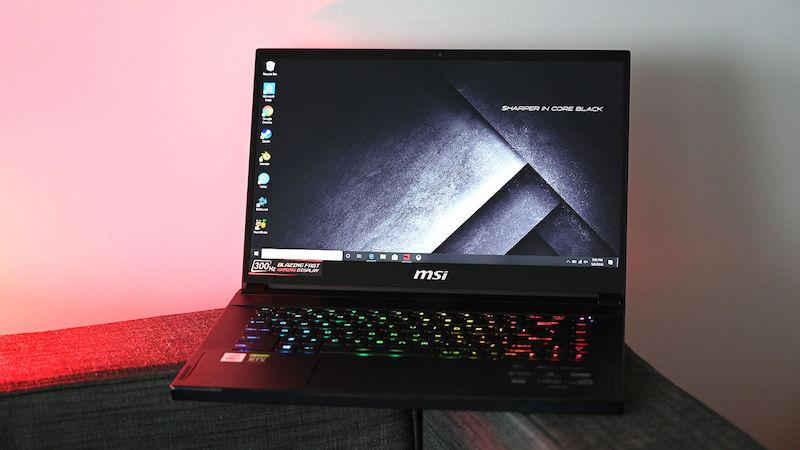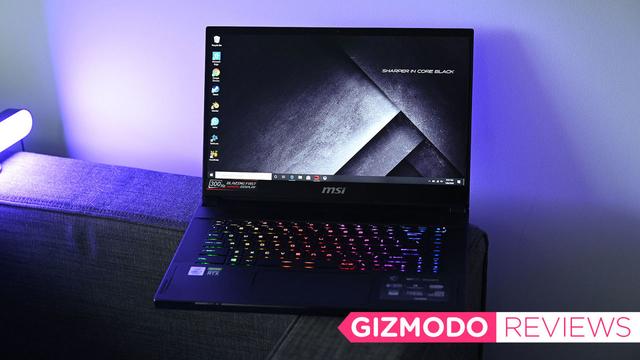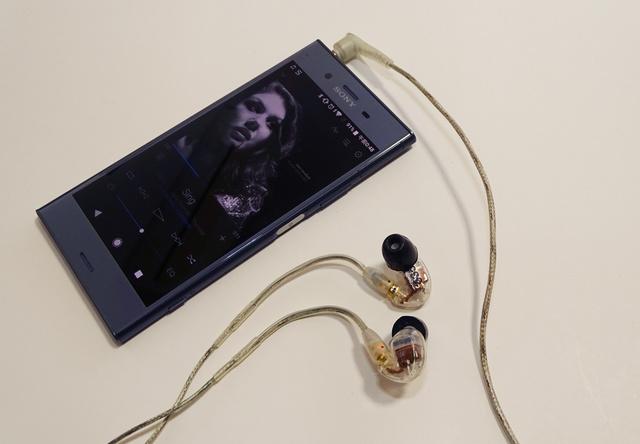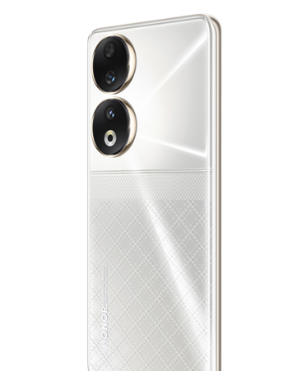High performance without feeling like a gaming PC.
A smart hawk hides its claws. The Volkswagen Phaeton W12, for example, had roughly the same engine as the flashy Bentley Continental, but looked like a Volkswagen. One of those gadgets that may seem normal at first glance, but is likely to be able to fight evenly whenever a Saiyan attacks from outer space, is MSI's GS66 Stealth (hereafter, GS66).
MSI GS66 Stealth
What is this? : 15 inch gaming laptop
Price: Starting at $1,600 (approximately 172,000 yen), review machine $2,250 (approximately 242,000 yen), Japanese model 316,800 yen (official store price, tax included)
Likes: Clean and understated design, per-key RGB lighting, enhanced graphics, lots of ports, screen refresh rate up to 300Hz
What I don't like: The screen brightness is so-so, the fan is ridiculously loud, and the touchpad occasionally jumps
Fully black exterior, RGB when opened
The 2018 GS65 Stealth was black and gold styling, but the 2020 GS66 is black on black, which is perfect for the "Stealth" name. is. The MSI logo is almost shadowy, and there are no notification lights or RGB lights on the outside, so you don't have to worry about instantly realizing you're a gamer when you're on the go. is.
But popping open the lid reveals a colorful keyboard with per-key customizable RGB lighting that contrasts with the understated exterior. The keyboard is made in partnership with gaming device specialist brand SteelSeries, and you can use the pre-installed SteelSeries Engine 3 app to change color settings, create macros, and more.
The key travel depth is 1.5mm, and it feels nice and responsive, and even after hours of gaming and typing, I didn't feel tired like I would with a shallower keyboard. You can also turn off the backlight completely if you want to hide the gaming laptop look.
There are still some differences between the GS66 and the GS65. The hinges have been redesigned to feel more solid, and the chassis feels a little stiffer than before, making it look more solid overall. The weight is 2.1kg, about 200g heavier than GS65. But the biggest impact is probably the larger touchpad. Most people probably use an external mouse for gaming, but I'm still happy with the ultra-wide glass touchpad. It's so wide that it takes some getting used to reaching for corners when you want to right-click or something. There were a few occasions when the cursor flew in the wrong direction, but overall, gestures were recognized accurately.

The audio on the GS66 sounds richer and more direct with up-facing speakers in the left and right palm rests. The sides are lined with ports, including two USB-C ports (one of which supports Thunderbolt 3), two USB-A ports, HDMI, Gigabit Ethernet, and a 3.5mm audio jack.
Performance with a 300Hz refresh rate
But what's more important is what's inside. In the Max configuration, the display has a refresh rate of 300Hz, the CPU is an 8-core Intel Core i9-10980HK, and the GPU is Nvidia's 2080 SUPER. However, with this configuration, it will cost at least $ 2,500 (about 270,000 yen), which is by no means cheap. But our review machine cost $2,250, had an i7 CPU, 32GB of RAM, a 2070 SUPER GPU, and a 1080p/300Hz display, and still performed well enough.
As a test, I played Far Cry 5 at 1080p with the image quality set to ultra, but the frame rate on the GS66 was an average of 96fps, and if I lowered the image quality to the high setting, I could quickly increase it to over 120fps. . But a 240Hz or 300Hz display is best suited for games like Overwatch, which reached 270fps at 1080p on high settings. At this point, it's a professional e-sports area, but with dozens of frames per second, it changes whether the enemy shoots you or lets you dodge it. I've also compared it to Gigabyte's similarly spec machine, the Aorus 17G, and the MS66 is 5-10% more expensive in many games, despite the disadvantage of being 17" vs. 15" and having less space for cooling. The framerate was out.
Another nice thing is that the battery capacity is 99.9Whr (the maximum you can carry on an airplane), which lasted 5 hours and 53 minutes in the video playback test for a power-hungry gaming laptop. The GS65 was 4 hours and 23 minutes, which is an hour and a half longer than that, and more than two hours longer than the Gigabyte Aorus 17G (3 hours and 49 minutes). A typical ultraportable PC can last for more than 8 hours, so it's still not as good as that, but it's nice to be able to use it for a while without a power supply.
Performance Disappointments
My complaints about the GS66 can be summed up in just a few things. For one, the maximum screen brightness is 317nit, which is pretty normal. Laptops in this price range, especially gaming laptops, are expected to be close to 400nit, and the GS66 doesn't even have 4K or OLED options. So the GS66 isn't as pretty as people who want to buy a laptop for gaming or content creation might expect.
The other thing was that the heat didn't slow it down or overheat, but it did get pretty hot under load. If you try to do anything heavier than web browsing or watching videos, the fans will start spinning and hot air will come out of the side and back vents. It never got to the point where I felt like I was going to get burned by the heat, but it did make my hands sweat in many ways during the game.
But what bothered me more than the heat was the fan noise. When I was doing a benchmark test of the GS66 at her house, my wife, who was working in the room next to her, came all the way to see it, and asked me, "I heard a high-pitched noise. What is it?" That's about it.
MSI has released a patch for the Dragon Center app, and the fan noise has been significantly reduced overall. But even when I had the performance settings set to "Balanced" and nothing was moving, the fans would suddenly start spinning.
It's not "stealth" loud, but it's not enough to stop me from buying it. However, if you're using it in a quiet place, like a library, fortunately there's a performance setting called "silent," which I think is good. Otherwise, you might ask, "Why are you carrying a hair dryer?"
There are many good things about the GS66 Stealth. The understated design means you don't have to worry about people asking you "Did you see the Fortnite Travis Scott event?" just because it's a gaming laptop, and the build quality keeps getting better. With 240Hz or 300Hz display options and the latest chips from Intel and Nvidia, the GS66 delivers great performance and amazing battery life. Just like a good Dragon Ball Z episode, GS66 is full of power and action, a little sound and heat, but nothing superfluous.
Summary
・It gets hot when the load goes up, so I don't think you should put it on your lap and play games.
・The battery is 99.9Whr, the maximum battery capacity that can be carried on most airplanes.
・Unlike other 15-inch laptops, there are no 4K or touch screen options. However, you can choose the refresh rate from 240Hz or 300Hz.
・Although it is all black paint, it is still easy to get fingerprints.
・Equipped with an infrared camera for logging in with Windows Hello, but no fingerprint reader.




















